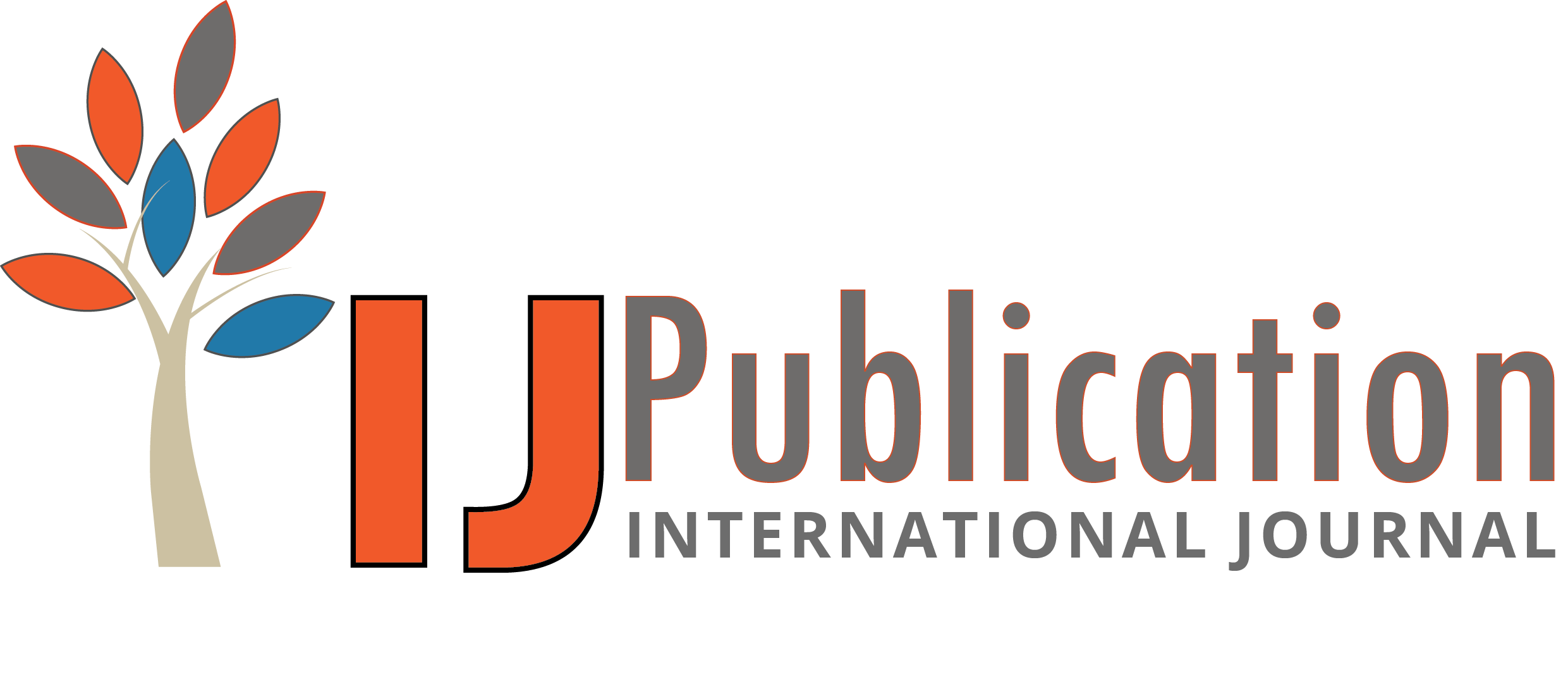Rajkumar Kyadasu Reviewer
10 Oct 2025 09:47 AM
 Approved
Approved
Relevance and Originality The research article introduces an innovative paradigm that advances the field of data reliability engineering by addressing a long-standing gap in lakehouse architectures—specifically, inconsistencies in object stores that undermine data integrity. The development of a self-healing, autonomous system that ensures consistency through real-time monitoring and intelligent repair significantly enhances the resilience of data platforms. This work stands out for its proactive approach, transitioning from reactive error handling to automated integrity management, which is critical in enterprise-scale, mission-critical deployments. While the contribution is clear, further elaboration on how this system compares to traditional data recovery or consistency models would help highlight its unique advantages more explicitly.Methodology The technical design is methodically constructed, leveraging a blend of cryptographic verification, predictive analytics, and atomic repair mechanisms. The integration of Merkle tree-based validation with Bayesian drift prediction presents a comprehensive mechanism for identifying and resolving inconsistencies. The inclusion of concurrent query access with strong isolation ensures operational continuity, which is a significant strength. However, the article would be further enriched by deeper insight into the performance trade-offs involved in deploying such a system, particularly in terms of computational overhead and latency introduced by the control plane. Clarifying the system's adaptability to heterogeneous environments or cloud providers would also strengthen the methodology's applicability.Validity & Reliability The proposed system is theoretically sound and exhibits strong potential for high reliability, particularly given its emphasis on autonomous maintenance, real-time detection, and transactional integrity. The architecture appears capable of withstanding complex failure scenarios, such as schema evolution and network instability, reinforcing its enterprise-readiness. Nevertheless, without concrete empirical results, the reliability remains largely speculative. A lack of stress-testing data or comparative fault recovery performance metrics leaves room for doubt about its practical limits. Including scenarios where the system might struggle—such as extreme concurrency or massive-scale transaction volumes—would offer a more balanced view of its robustness.Clarity and Structure The article is well-structured and delivers a logically progressive narrative from problem identification to solution implementation. Technical terms are used with precision, and the conceptual flow is generally clear. However, the dense language and high-level terminology may present a barrier to interdisciplinary readers or practitioners unfamiliar with cryptographic systems and predictive modeling. Supplementing the discussion with architectural diagrams or flowcharts would aid in digesting the multi-layered components of the system. Additionally, a concise summary of the design trade-offs at the end would reinforce comprehension and help distill key insights for broader audiences.Result Analysis The research provides a promising conceptual analysis supported by a rich technical framework that addresses data consistency, resilience, and automation. The design’s capacity to manage live queries during repairs and its resilience against network partitions and schema evolution adds to its practical value. However, the absence of quantitative evaluations—such as latency impacts, detection accuracy, or operational benchmarks—limits the strength of the conclusions. A comparative performance evaluation against existing data reliability solutions would enhance credibility and support the claim of enterprise-grade reliability. Real-world deployment feedback or simulation outcomes would solidify the architecture's position as a viable solution in production environments.








Rajkumar Kyadasu Reviewer